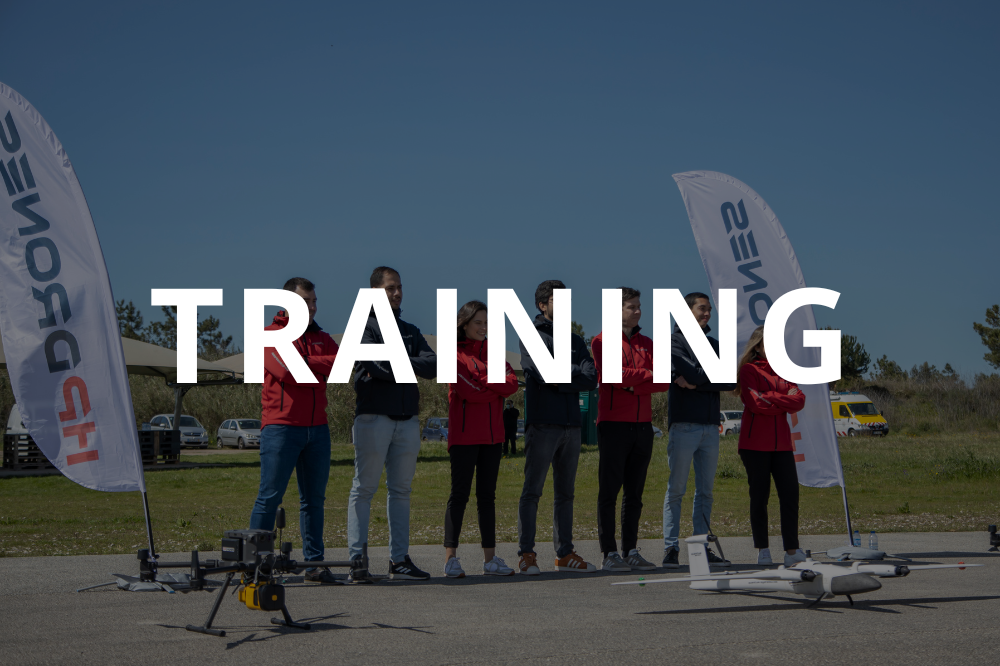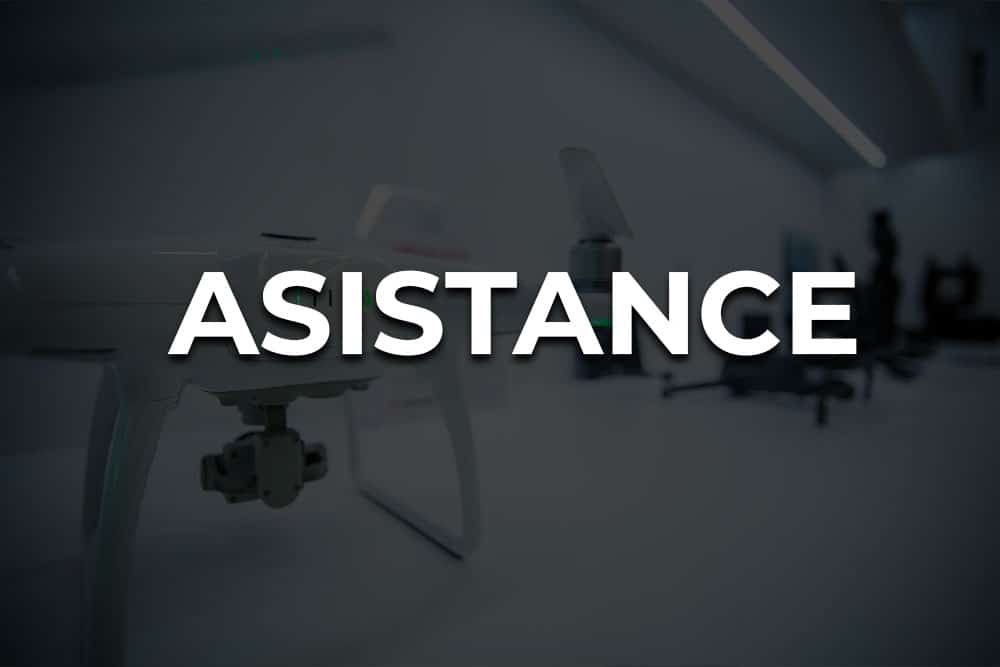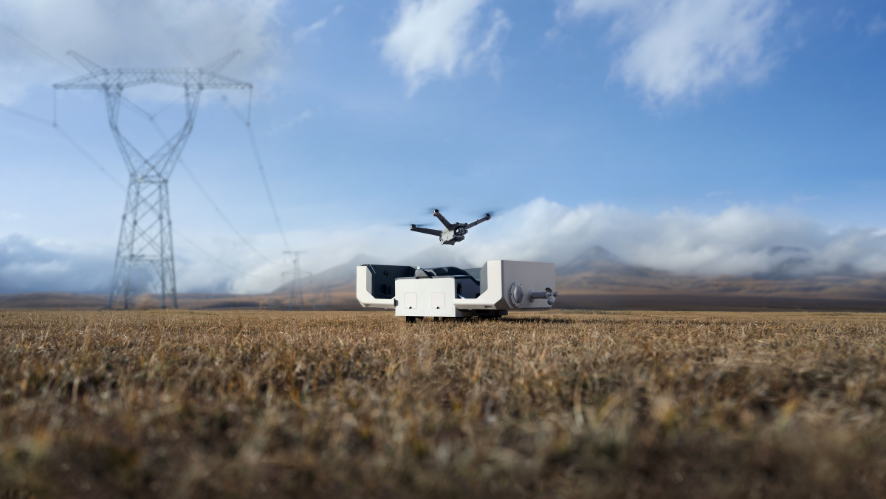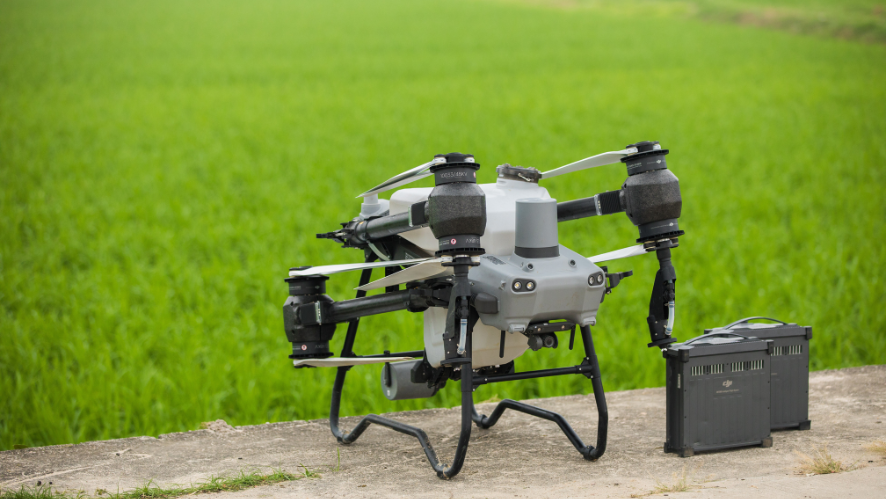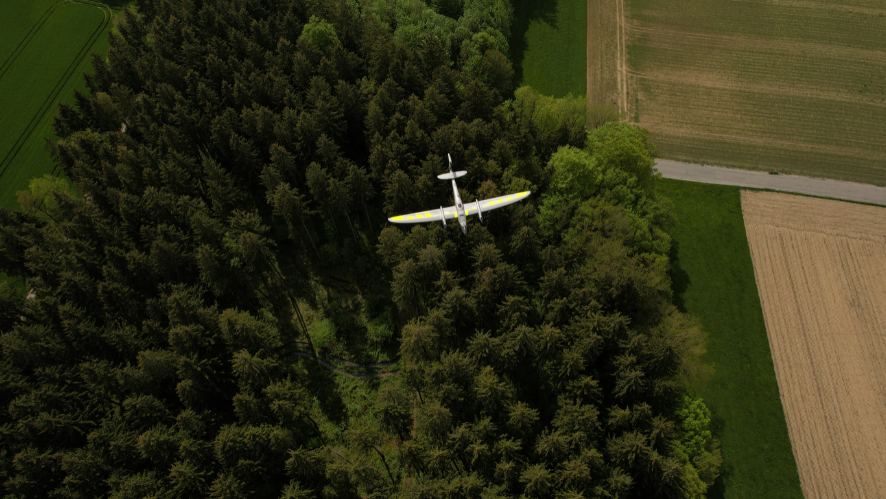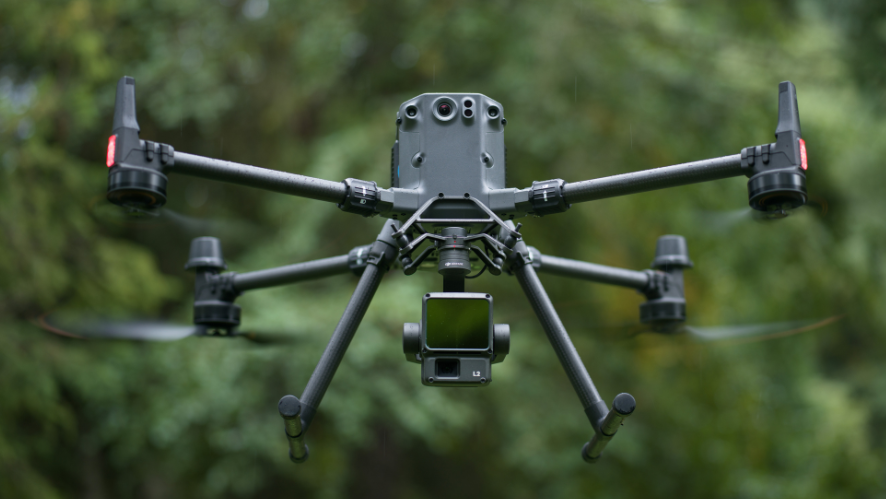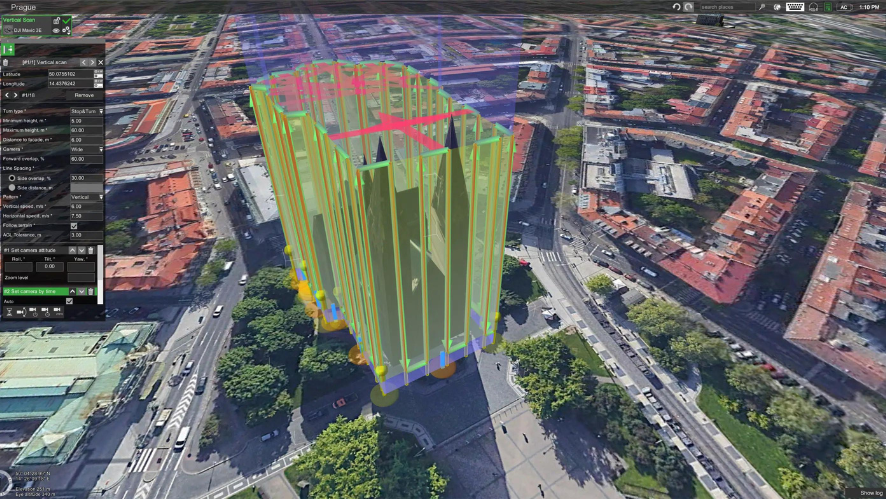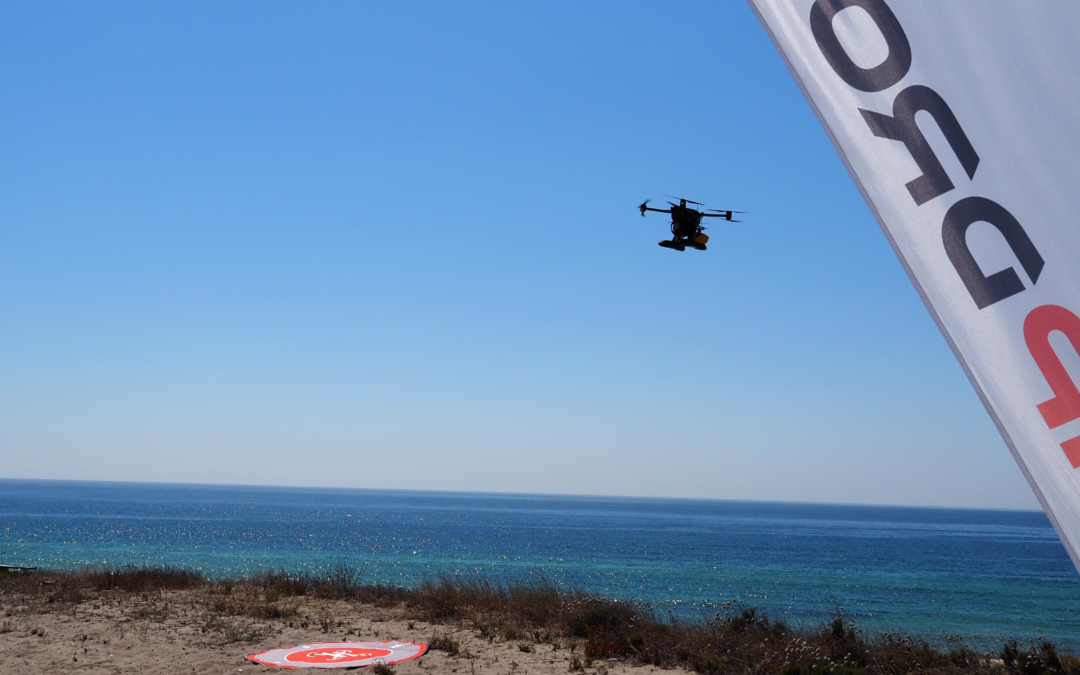Drones are revolutionizing water rescue operations, providing rapid response, better situational awareness and efficient distribution of resources. Their integration into different rescue phases has been essential in saving lives.
Initial Recognition and Real-Time Update
When an incident alert is received at sea, drones can be mobilized in less than a minute to provide an immediate overview of the situation. Through platforms such as FlightHub 2, emergency teams can view real-time transmissions, allowing for more informed decision-making before they even arrive on the scene. The “Fly To” feature allows the drone to be directed to exact coordinates, ensuring fast and accurate reconnaissance.
Positioning on Site and Dividing the Search Area
At the scene, drones help divide the search zone into sectors, distributing specific areas to each rescue team. The use of multiple drones at different altitudes allows for more comprehensive coverage, avoiding overlaps and maximizing the effectiveness of the operation.
Detecting and Locating Victims
Equipped with thermal cameras, like those on the DJI M30T drones, the drones can identify people in danger even in adverse conditions, such as rough waters or low visibility. The thermal sensors pick up heat signatures, while the zoom and wide-angle cameras provide a clear view of the environment, allowing the victim to be precisely located.
Delivery of Rescue Equipment
In critical situations, drones such as the DJI M350 RTK, with TH4 release system, can transport and release flotation devices, life jackets or rescue rafts directly to victims. This rapid response can be vital in ensuring the safety of the person in distress until the rescue team arrives.
Proactive Security Monitoring
In addition to rescue operations, drones are used for preventive monitoring. For example, the Surf Life Saving Queensland (SLSQ) organization in Australia uses M30T drones to patrol coastal areas regularly, helping to detect sharks near swimmers and surfers. With high-resolution cameras, the drones can identify suspicious movements in the water at great distances and alert rescue teams to preventive measures.
Conclusion
The integration of drones into water rescue operations has proven to be an essential resource for increasing the speed, efficiency and accuracy of emergency responses, resulting in more lives saved and greater public safety.
_________________________________________________________


